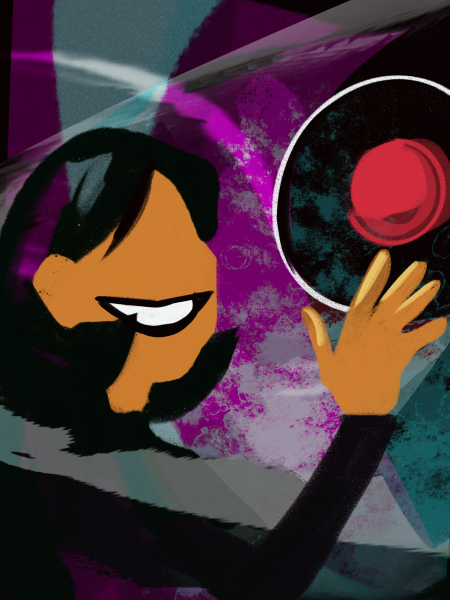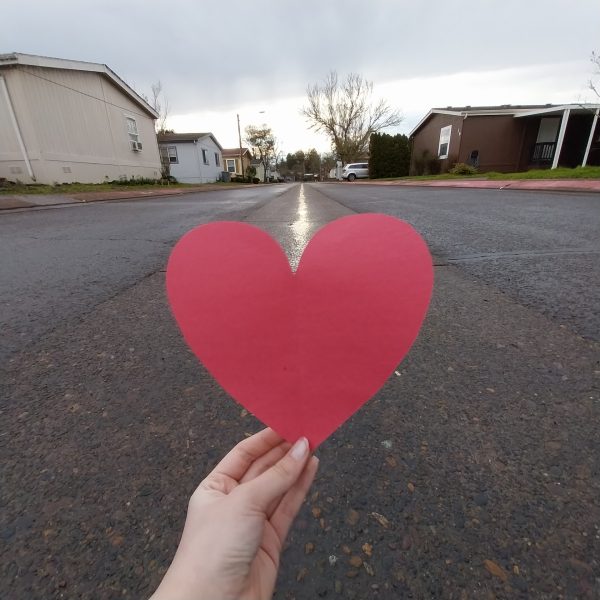Stardew Review
How a seemingly simple farming game provides heart warming experiences and entertainment to players.
Stardew Valley, a farm simulation role-playing game created in February 2016 by Eric Barone also known by his developer name “ConcernedApe”, has captured many hearts of those who have played it and is still popular in 2019.
The gameplay and story are theoretically unique to each player based on their decisions made throughout the game and interactions with the NPC’s (non-playable character). The player starts as an office worker for the Joja Corporation, and had inherited the farm from their grandfather at a young age by being given a letter and told not to open it until they needed a fresh start. During one of your days at the office, you open the letter and see the farm as an opportunity to getaway from the stressful office job and start a new life.
As the player progresses through the game, they start developing relationships with many of the NPC’s by talking to them or even giving them gifts. Each NPC has their own individual likes and dislikes, which can benefit or harm the player’s relationship with that NPC. This provides a more realistic experience for the player.
What makes this game unique from most role-playing games is how the player is able to choose between 12 different potential suitors, including those of the same-sex. This addition is very inclusive, especially as these types of relationships are becoming more common in society.
Many of those who play Stardew Valley, use it as a getaway from reality and to relieve stress since the game play is very calm and relaxing.
The game can be therapeutic, and remind someone that it’s alright to take a break from the stress of reality.
The graphics, though simple in some ways, are pleasing to the eyes and remind people that not all games have to be 3D and highly detailed. The pixelated style fits with the setting of the 2D game. The weather has some realistic qualities such as the raindrops splashing as they hit the ground, or lightning striking an object on the farm.
There’s even a splash effect when something falls into a pond or river, as well as footprints being left by the player in the snow. Personally, any developer that includes these small details such as leaving footprints, must have put in effort to make the game more realistic.
The soundtrack for the game is comprised of 74 songs. Each season has different songs that play in the background over the course of the 28 days. Special events that take place in each season have their own songs as well. All the songs are calm instrumentals, and provide a relaxing experience for the player. All the songs are composed by Barone and can be found here.
When most people think of a farming simulator, they expect a game about growing crops and raising animals. Barone broke this expectation by adding other elements into the game. Though the player grows crops and raise animals, they also have to forage for their materials such as wood, stone and copper. Fishing and mining are another large part of the game that appeals to more people who would most likely get bored with the stereotypical idea of farming. The mines are used to gather precious gemstones and common materials for the farm, but are filled with various monsters that the player must get past. There are many fishing locations in the town where different species of fish can be caught. The seasons also impact what species are in each location.
Overtime, the player may find the repetition of farming tedious and wish they could have help with the responsibilities of owning a farm. Barone created a solution for this, adding a co-op element to the game. Players can host a new co-op farm and invite their friends to play along with them and share the responsibilities. The player can also visit an NPC named Robin, who can build a cabin so they can invite a friend to play on the farm they have already progressed on. The maximum number of friends that can be invited is three, though it may not seem like much, it helps spread out the responsibility evenly.
Having friends play can be fun, and it also introduces the option to marry them instead of an NPC. Though, the marriage process is different and requires more effort.
Even though the game has no true ending, there are still many objectives for the player to complete. As you progress, NPCs give the player quests that can be big or small. One large quest that the player can choose to take on is rebuilding the once beloved community center in the town, though it’s not required of the player to do so. These quests can boost the player’s relationships with the NPCs over time and give the player something other than farming to do.
For the amount of game play and story that’s offered, it’s worth paying $14.99 USD. It’s rated 10/10 on Steam and 4.8/5 stars on the Apple app store. The community is welcoming and has created free guides for new players to learn from. The ability to have different experiences with each play through of the game, makes it worth playing to see how each decision impacts the overall story. Though some logic in the game play may have been sacrificed, the overall story makes up for it in the end.
Stardew Valley has not only helped me during tough times but has provided a stress relief when it was needed most. Its calming atmosphere and relaxing game play makes it the perfect game to play in the evening to wind down at the end of the day.
Your donation will support the student journalists of West Albany High School. Your contribution will allow us to purchase equipment and cover our annual website hosting costs.








